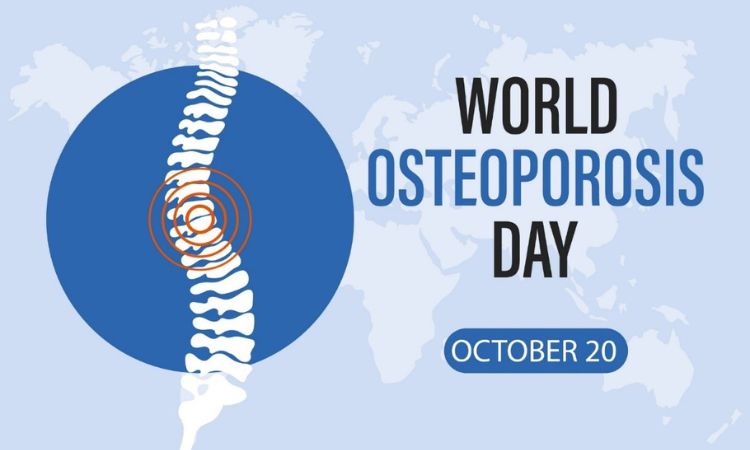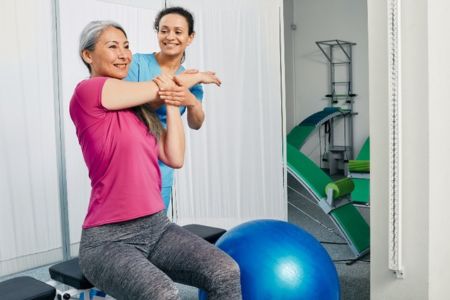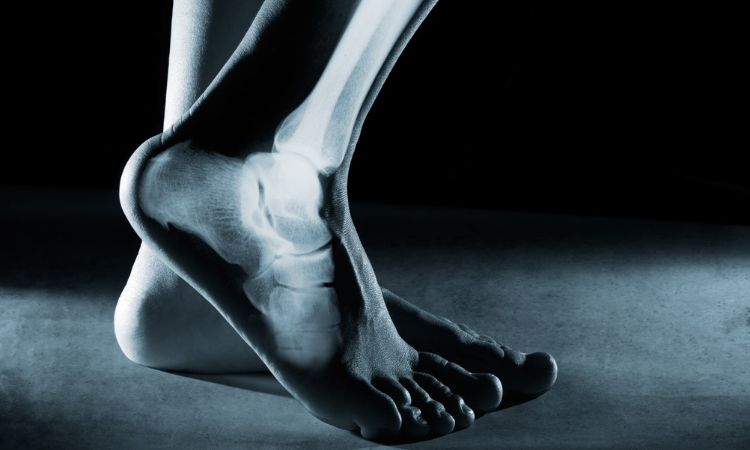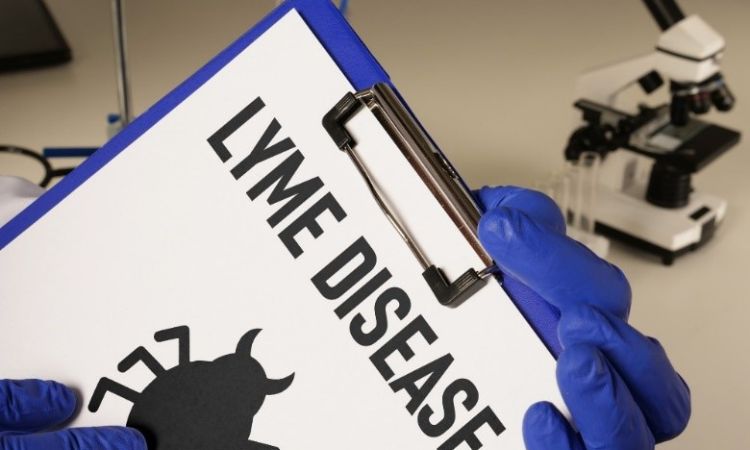World Osteoporosis Day: The Quest for Increased Bone Density


World Osteoporosis Day is a campaign dedicated to raising awareness of this debilitating disease. Often called the “silent disease,” since you generally don’t have any noticeable symptoms, Osteoporosis is a condition that weakens bones, making them fragile and more susceptible to fractures. Approximately 10 million older American adults struggle with this condition, and millions more are at risk due to having low bone density. In this blog, we’ll explore the risk factors associated with Osteoporosis, effective prevention strategies, and bone-boosting exercises for increased bone density.
6 Factors Contributing to Osteoporosis: Assessing Your Risk
Osteoporosis is identified by low bone density and structural deterioration of bone tissue, leading to increased vulnerability to fractures. The spine, hips, and wrists are common areas where fractures most often occur. To have a better understanding of the risk factors associated with Osteoporosis, consider the following:

1. Age and Gender
Osteoporosis is more prevalent in older adults, especially women after menopause, due to decreased estrogen levels. However, men can also develop this disease, particularly in their later years.
2. Family History
Genetics plays a significant role in bone health. Individuals with a family history of Osteoporosis are at higher risk.
3. Hormonal Changes
Low estrogen levels in women and testosterone in men can lead to bone loss. Conditions like early menopause or certain hormonal disorders can increase the risk and the need for increased bone density.
4. Dietary Factors
A diet low in calcium and vitamin D can weaken bones. Excessive consumption of caffeine, alcohol, and tobacco can also negatively impact bone health.

5. Not Staying Active
You will contribute to bone loss by not engaging in regular weight-bearing exercises and cardiovascular activity.
6. Medical Conditions
Certain medical conditions such as rheumatoid arthritis, celiac disease, and Crohn’s disease can interfere with the body’s ability to absorb nutrients vital for bone health.
The Role of Nutrition in Preventing Osteoporosis


Adopting a balanced approach to nutrition is essential to maintain strong and healthy bones and reduce the risk of Osteoporosis. Two critical components to ensuring proper nutrition are a diet rich in calcium and vitamin D. These nutrients are the building blocks of bone tissue and play a pivotal role in bone density. Dairy products, leafy greens, and fortified foods are excellent sources of calcium while spending time in the sun can also boost vitamin D levels.
Increased Bone Density: The Power of Weight-Bearing Exercises
Engaging in weight-bearing exercises and resistance training like walking, jogging, swimming, lifting weights, or using resistance bands is particularly effective in building and preserving bone mass. This type of exercise stimulates the bones to become denser and more durable, reducing the risk of fractures or breaks. In addition, working on improving balance and coordination through training can improve stability and prevent falls.
Take the Steps Necessary to Slow Bone Loss
Understanding the risk factors associated with Osteoporosis and adopting preventive measures can go a long way in preserving bone health. A scan can also be performed to let you know what your bone density is. Harmony Health Care Long Island is here to remind you it’s never too early or too late to start prioritizing your bone health. Request an appointment today to speak with one of our healthcare professionals to discuss any questions or concerns you may have.








